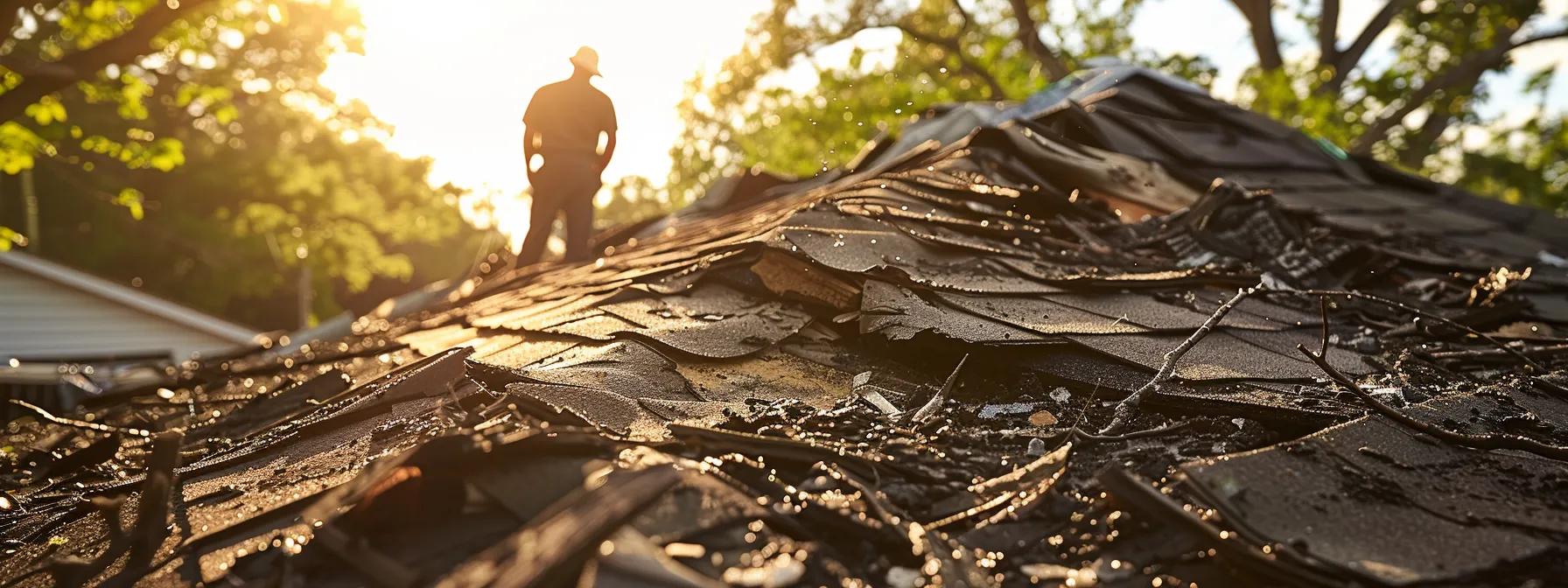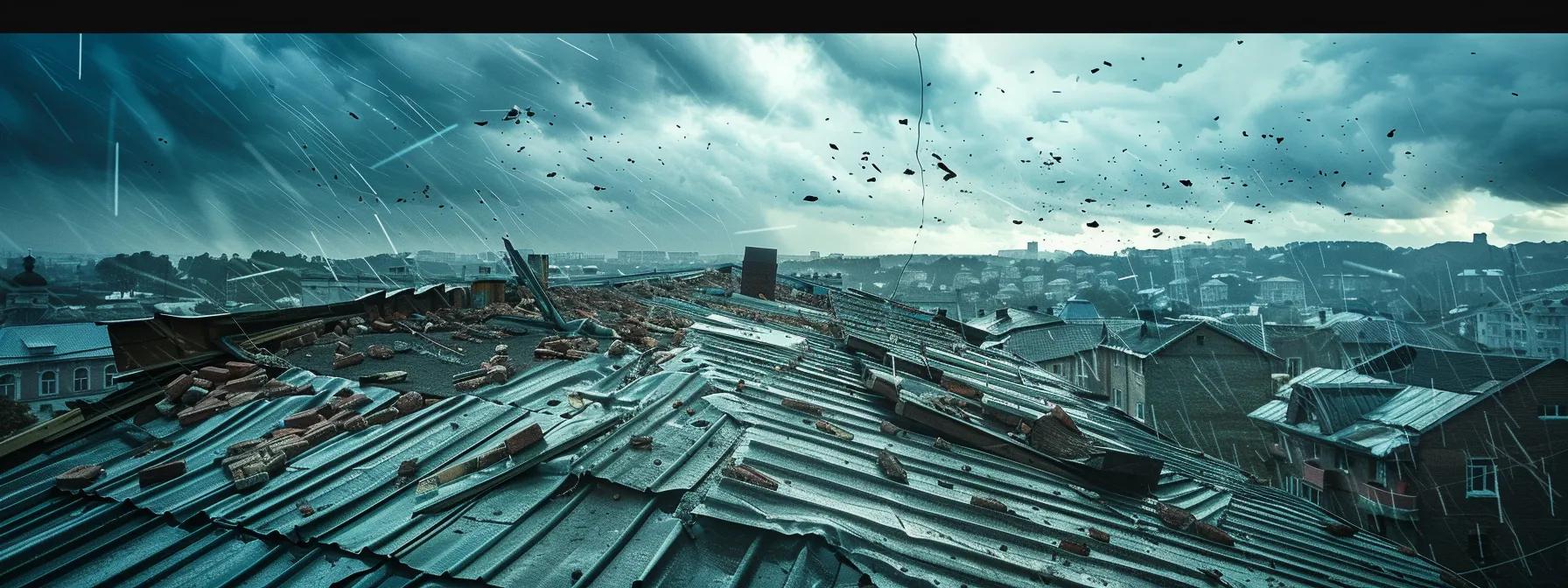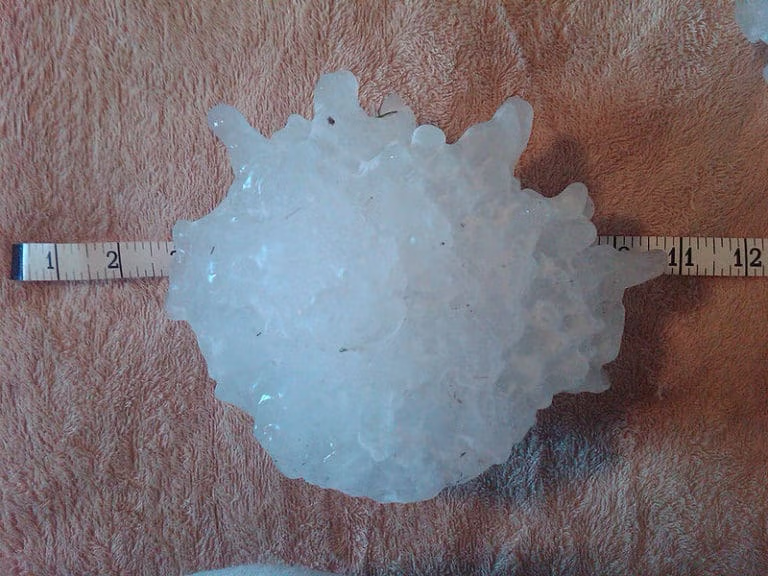Table Of Contents:
- Roof Storm Damage: How and Why It Happens and What Homeowners Need to Know
- What Are the Common Types of Roof Storm Damage?
- How Can Homeowners Assess Roof Storm Damage Effectively?
- What Are the Best Roof Storm Damage Repair and Replacement Options?
- How Does Insurance Cover Roof Storm Damage and What Is the Claim Process?
- What Roof Maintenance Practices Help Prevent Future Storm Damage?
- How Do Local Weather Patterns Influence Roof Storm Damage Risks?
- What Are the Signs That Indicate Immediate Emergency Roof Repairs Are Needed?
- Table: Comparison of Roof Materials and Their Storm Resistance
- Frequently Asked Questions
- Final Thoughts
Roof Storm Damage: How and Why It Happens and What Homeowners Need to Know
Storms can wreak havoc on your roof, compromising your home’s integrity. As a homeowner, understanding how roof storm damage occurs and knowing what signs to look for is crucial when deciding between repair and replacement. In this article, based on years of experience as a roofing contractor with Sellers Roofing Company, we explain the common types of roof storm damage, how to assess it, your options for repair or replacement, insurance considerations, maintenance practices, local weather influences, and when emergency repairs are needed. This information will help you act quickly to prevent further issues such as leaks, mold growth, or structural deterioration.
What Are the Common Types of Roof Storm Damage?
Roof storm damage can take several forms with distinct causes and symptoms. The most common types include:
• Wind Damage: High winds can lift or blow off shingles, damage gutters, flashing, and chimney caps, and expose underlying layers leading to leaks. Winds above 70 mph can significantly shorten the lifespan of asphalt shingles.
• Hail Damage: Hail creates small circular indentations on the roof, shatters shingle granules, and leaves bruises or cracks. Damage may not be immediately visible but can weaken the roof’s protective layer and lead to future leaks.
• Water Damage: Wind-driven rain may infiltrate through gaps and poorly sealed areas. Water damage can begin with stains on ceilings, deteriorate insulation, foster mold growth, and eventually cause structural issues such as sagging roof decks.
• Material Vulnerability: Different roofing materials perform differently under storm conditions. Asphalt shingles, though popular, are more vulnerable compared to metal, slate, clay, or concrete tiles, which can offer enhanced durability and resistance.
How Can Homeowners Assess Roof Storm Damage Effectively?

A thorough assessment of roof storm damage involves both a visual inspection and, when needed, professional evaluation.
What Are the Key Signs of Roof Storm Damage to Look For?
- After a storm, inspect your roof for:
- Missing, cracked, or displaced shingles
- Loss of granules on asphalt shingles
- Dents in metal roofing or bruised tiles •
- Water stains on the underside of the roof deck or interior ceiling
- Accumulated debris around gutters and downspouts
- Loose or damaged flashing near chimneys, vents, or skylights •
- Any sagging or buckling in the roof structure
These signs indicate that both visible and hidden damage may have occurred.
How to Use a Roof Inspection Checklist After a Storm?
- Use a checklist to ensure you cover all vulnerable areas:
- • Examine the external roof surface, especially edges, valleys, and joints •
- Take photographs of damage for insurance purposes •
- Check gutters, downspouts, and metal flashings •
- Inspect the attic for damp insulation, mold growth, or discoloration on the roof deck
A systematic approach helps in planning necessary repairs or calling a professional.
When Should You Choose a Professional Roof Damage Assessment?
If you notice large gaps, pervasive water damage, or structural distortions—or if your roof is over 10 years old—calling a certified roofing contractor is advisable. Professionals use tools like drones and infrared cameras to detect hidden issues and provide accurate evaluation, which is especially important for proper insurance claims.
What Are the Best Roof Storm Damage Repair and Replacement Options?
Your decision to repair or replace a storm-damaged roof depends on the damage extent and your roof’s overall condition.
How to Decide Between Roof Repair and Roof Replacement?
Consider these factors:
• Extent of Damage: Localized damage, such as a few missing shingles, may be efficiently repaired. However, widespread water infiltration or structural damage might necessitate a full roof replacement. • Age and Condition: If your roof is nearing the end of its expected lifespan (usually 20–25 years for asphalt shingles), replacement is a better long-term investment. • Weather Patterns: In regions with frequent severe storms, investing in a more durable roof made from metal or synthetic composites may reduce long-term maintenance costs.
What Are Typical Costs for Roof Storm Damage Repair?
Repair costs vary with damage and materials: Minor repairs such as patching or flashing work can range from $300 to $1,000. • More extensive repairs might cost around $2,500 or more, depending on roof pitch and accessibility.
It is important to obtain multiple quotes from reputable contractors before proceeding.
How Much Does Roof Replacement After Storm Damage Usually Cost?
Roof replacement involves a complete tear-off and new installation, with costs varying based on material:
• Asphalt shingles typically cost between $5,000 and $15,000 for an average home • Metal, slate, or tile roofs can range from $15,000 to $40,000 or more
Long-term benefits include improved energy efficiency, higher home value, and better protection against future storms, potentially justifying the higher initial cost.
How Does Insurance Cover Roof Storm Damage and What Is the Claim Process?

Understanding your insurance policy can streamline the process of filing a roof storm damage claim.
What Does Roof Storm Damage Insurance Typically Cover?
Most homeowner’s insurance policies cover sudden damage caused by wind, hail, and water intrusion. Coverage typically includes repair or replacement of roofing materials and related structural elements (e.g., flashings and gutters) but excludes routine maintenance or gradual deterioration.
How to File a Roof Damage Insurance Claim Step-by-Step?
- Document the Damage: Take clear photographs and detailed notes.
- Contact Your Insurer: Report the damage and request an adjuster visit promptly.
- Professional Inspection: Schedule a roof inspection and secure a detailed repair estimate.
- Submit Documentation: Provide all evidence along with the claim form, and maintain communication with your adjuster.
Following these steps can help ensure a smooth claims process.
How Can You Negotiate With Insurance Companies for Roof Damage?
If the initial settlement is low, be prepared to negotiate:
• Gather supporting evidence through professional inspections and repair estimates • Keep records of all communications • Consider consulting a public adjuster if needed
An informed negotiation can help achieve a fair settlement that covers your repair or replacement costs.
What Roof Maintenance Practices Help Prevent Future Storm Damage?
Regular maintenance is key to prolonging your roof’s lifespan and reducing storm damage risk.
What Are Essential Roof Maintenance Tips After a Storm?
After a storm, promptly:
• Inspect the roof for any missing or displaced shingles and damaged flashings • Clear debris from the roof, gutters, and downspouts to ensure proper drainage • Look for water stains on ceilings and in the attic • Schedule professional inspections annually, especially in areas prone to severe weather
These proactive steps can help prevent minor issues from evolving into major repairs.
How to Choose a Reliable Roofing Contractor for Storm Damage Repairs?
When selecting a contractor:
• Research local companies with strong reputations and verified credentials • Request detailed written estimates and inquire about emergency repair services • Confirm that they carry proper insurance and offer solid warranty terms
Choosing the right contractor ensures quality workmanship and minimizes future risks.
Which Roofing Materials Offer the Best Storm Resistance?
Metal Roofs: Excellent resistance to high winds and hail; long lifespan but higher upfront costs •
Synthetic Shingles: Designed to mimic traditional shingles with enhanced resistance •
Slate and Tile: Provide outstanding protection but are heavier and more costly •
Asphalt Shingles: More affordable, though may require more frequent repairs in severe storm areas
Consult with a roofing inspector to select the material that best meets your climate and budget needs.
How Do Local Weather Patterns Influence Roof Storm Damage Risks?

Local weather significantly influences the severity of roof storm damage. Factors include:
• Wind Speed and Direction: High winds can dislodge shingles and force debris into vulnerable parts of the roof. Regions with winds exceeding 50 mph may need added reinforcements. • Hail Size and Frequency: Larger hailstones create more severe impact damage, while frequent small hail can cause cumulative deterioration. • Seasonal Variability: Anticipate seasonal storms by scheduling pre-storm inspections and maintenance, ensuring that all roofing elements are secure.
Understanding these factors helps tailor maintenance strategies to protect your home.
What Are the Signs That Indicate Immediate Emergency Roof Repairs Are Needed?
Timely emergency repairs can prevent further damage. Look for the following critical signs:
How to Identify Leaks and Structural Damage After a Storm?
• Water Infiltration: Noticeable leaks in the attic or water stains on interior ceilings signal damage. • Structural Issues: Sagging or drooping sections of the roof deck indicate compromised support. • Missing/Heavily Damaged Shingles: Extensive damage to shingles and flashing can lead to further water entry.
When Should You Call for Emergency Roof Repair Services?
Call for emergency repairs if you observe:
• Continuous leaks during rain • Significant structural deformities • Rapid deterioration of roofing materials despite basic repairs
Delaying repairs can lead to higher costs and greater risks.
What Temporary Measures Can Protect Your Roof Before Repairs?
Until a professional arrives, you can:
- •Cover damaged areas with heavy-duty tarps secured tightly
- • Seal visible cracks with roofing cement or temporary adhesives
- • Ensure gutters and downspouts remain clear to prevent water backup
These temporary fixes help minimize additional damage until permanent repairs can be made.
Table: Comparison of Roof Materials and Their Storm Resistance
Before choosing a roof, consider this comparison of key attributes:
This table highlights that metal roofs offer high wind and hail resistance along with a long lifespan, though usually at greater upfront cost. Asphalt shingles are more budget-friendly but might incur more frequent repairs in severe storm areas. Use these details to make an informed decision based on your budget and local weather conditions.
After reviewing the table and considering your location, budget, and storm history, you can choose the roofing material that best suits your home’s needs.
Frequently Asked Questions
Q: What immediate steps should I take after a storm damages my roof? A: Document the damage with photos, clear any debris, and inspect the roof for missing shingles or water entry points. Contact a professional roofing contractor for an inspection and consider temporary measures, such as tarping the roof, until repairs can be made.
Q: How can I tell if my roof has hail damage if it looks fine from the ground? A: Hail damage may be subtle. Look for small, circular depressions on shingles, granule loss, and cracks. A roofing professional using drones or infrared imaging can detect hidden damage that might later result in leaks.
Q: Does my homeowner’s insurance cover storm damage to my roof? A: Most policies cover sudden storm damage from wind, hail, and water infiltration, but they typically exclude gradual deterioration or maintenance issues. Review your policy details, for roof deductibles, and coverage limits, and document all damage before filing a claim.
Q: Can regular maintenance really prevent severe roof storm damage? A: Yes. Regular inspections, cleaning debris, and prompt repairs help prevent minor damage from escalating into major issues. Consistent maintenance extends your roof’s lifespan and minimizes repair costs over time.
Q: What are the signs that my roof needs emergency repairs after a storm? A: Look for significant water leakage, extensive missing or damaged shingles, visible sagging of the roof deck, or persistent moisture in the attic. These signs indicate that immediate professional intervention is necessary.
Q: How long does the roof repair process typically take after storm damage? A: Minor repairs may be completed in a few days, whereas extensive repairs or a full roof replacement might take one to two weeks. Emergency repairs are often expedited to prevent further damage.
Q: What factors affect the cost of repairing or replacing a roof after storm damage? A: Costs depend on the severity of the damage, the roofing material, labor rates, roof complexity, and any necessary upgrades for improved storm resistance. It is best to obtain multiple quotes and detailed assessments before deciding on repairs or replacement.
Final Thoughts
Understanding roof storm damage is essential for protecting your home. By knowing the common damage types, how to assess them, and the repair or replacement options available, you can take prompt, informed action.
Regular roof maintenance and timely professional assessments save you from costly repairs and safeguard your home against future storms. Stay informed and proactive to ensure your roof remains a strong defense against severe weather.




